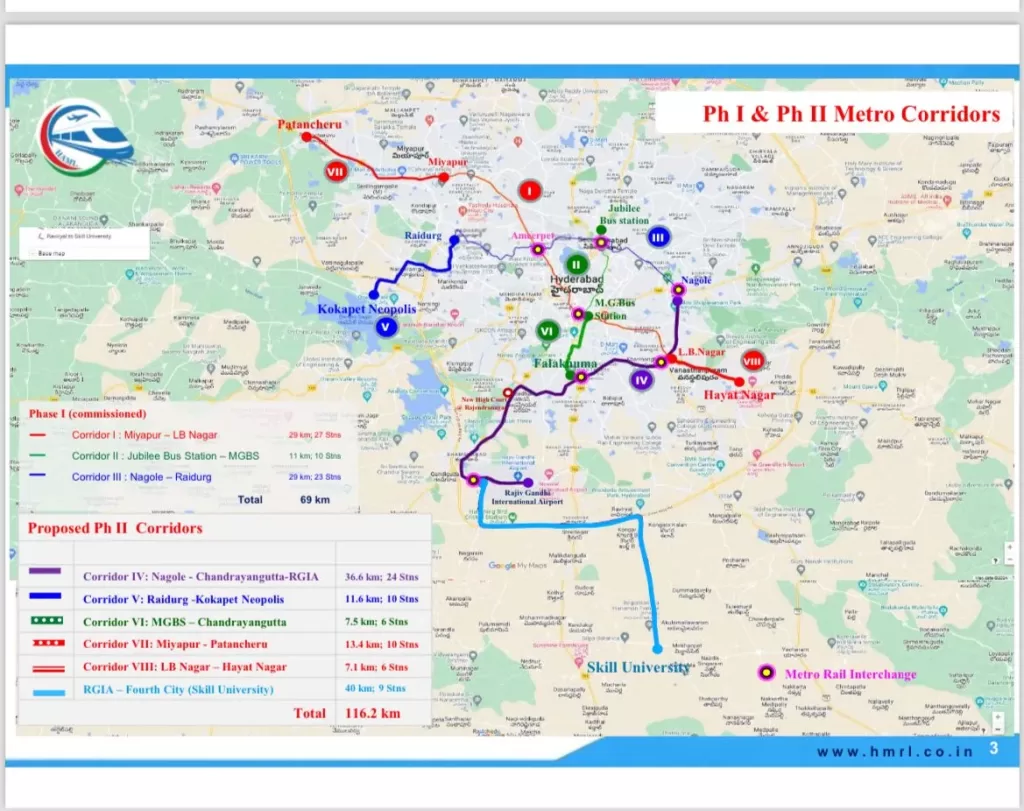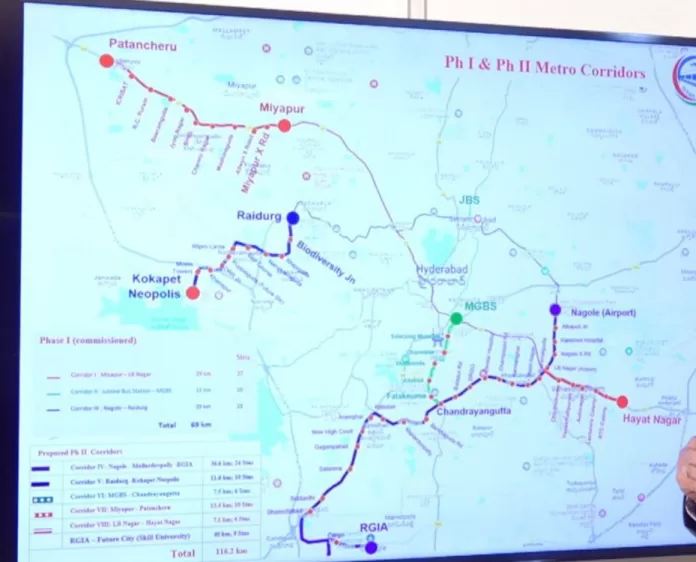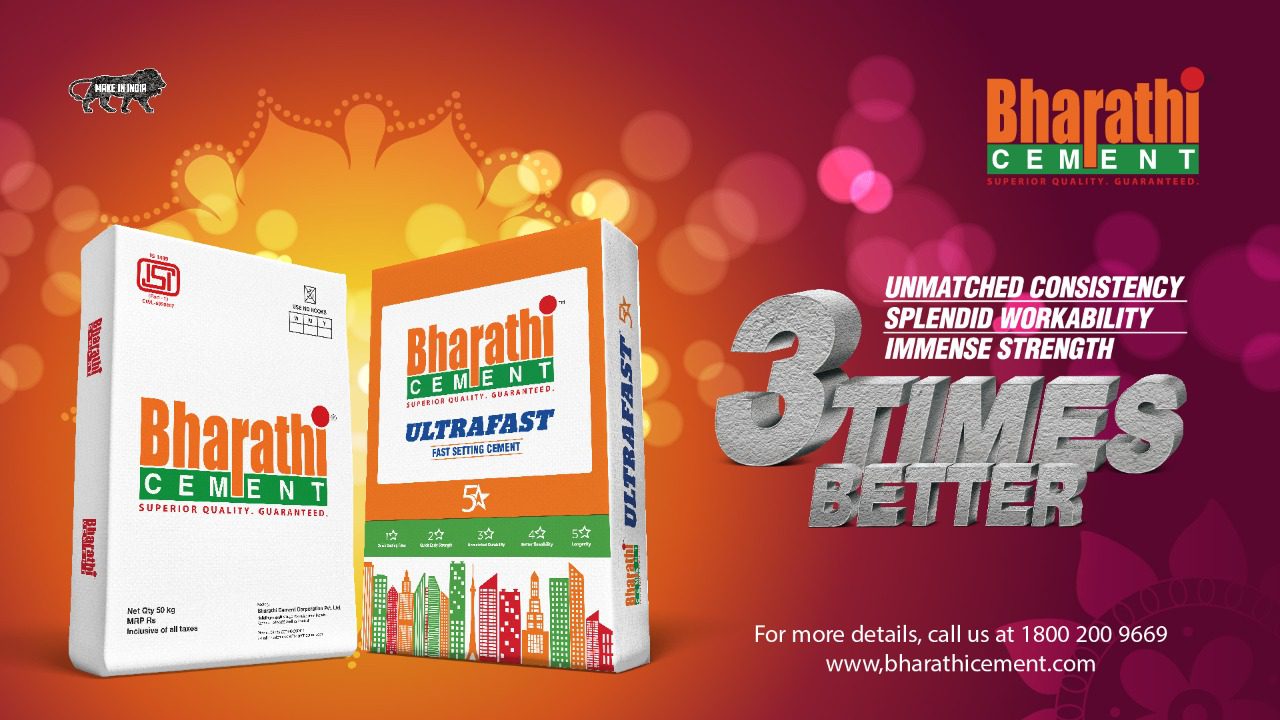The Hyderabad Metro Rail Limited (HMRL) is gearing up for the much-anticipated Second Phase of the Metro Rail project, with Managing Director N V S Reddy announcing that the Detailed Project Reports (DPRs) are in their final stages of preparation. This project is set to significantly enhance the public transportation infrastructure in the city, making it a pivotal part of the ongoing urban development efforts in Hyderabad.
The total estimated cost for the Metro Rail Phase II project is ₹32,237 crore, marking it as a significant investment in the region’s infrastructure. The funding will be a joint venture between the Government of Telangana and the Government of India, highlighting the collaborative effort to improve urban mobility in Hyderabad.
The project has received the green light from Chief Minister Revanth Reddy, who has approved several key corridors that will form the backbone of the Phase II network. This ambitious expansion plan aims to cover several important areas of the city, making commuting more efficient and convenient for residents.
Approved Corridors
The Phase II expansion will feature several corridors, each designed to cater to high-density areas and promote seamless connectivity across the metropolitan region. The approved corridors include
Corridor IV: Nagole – RGIA (36.6 km)
This corridor aims to connect the Nagole area to the Rajiv Gandhi International Airport (RGIA), facilitating easier access for travelers and promoting tourism in the region.
Corridor V: Raidurg – Kokapet Neopolis (11.6 km)
This corridor will link the bustling Raidurg area with Kokapet Neopolis, a rapidly developing tech and residential hub.
Corridor VI: MGBS – Chandrayangutta (7.5 km)
Connecting the Mahatma Gandhi Bus Station (MGBS) to Chandrayangutta, this corridor will serve as a critical link for commuters using multiple modes of transport.
Corridor VII: Miyapur – Patancheru (13.4 km)
This corridor is designed to enhance connectivity between Miyapur, a major residential area, and Patancheru, known for its industrial significance.
Corridor VIII: LB Nagar – Hayat Nagar (7.1 km)
The LB Nagar to Hayat Nagar corridor will provide a direct route for commuters traveling between these two significant localities.
Corridor IX: RGIA – Fourth City (40 km)
This innovative corridor is designed following the directives of the Chief Minister and is expected to cost around ₹8,000 crore. It aims to create a direct link from RGIA to the Fourth City, further improving access to the airport and surrounding areas.
Traffic Study & Comprehensive Mobility Plan
As part of the ongoing preparations, HMRL is currently awaiting the traffic study report from the Comprehensive Mobility Plan (CMP) being developed for the Hyderabad Metropolitan Area by the Hyderabad Metropolitan Development Authority (HMDA). This study will provide essential data on traffic patterns and demands, ensuring that the new corridors are aligned with the current and future needs of the city’s transport infrastructure.
The Second Phase of the Metro Rail project is poised to significantly impact the urban landscape of Hyderabad, promoting public transportation as a sustainable alternative to road traffic. With the focus on creating a robust and efficient metro network, this initiative aims to reduce congestion, lower pollution levels, and enhance the overall quality of life for residents.
As the DPRs near completion, stakeholders and citizens alike await the next steps in this monumental project, which promises to shape the future of urban mobility in Hyderabad. The successful implementation of Metro Phase II will not only improve connectivity but also pave the way for the city to emerge as a model for sustainable urban development in India.
















